Would you be looking for a simple guide on how to set up a blog? This article’s easy-to-follow steps will show you how to set up a blog in 20 minutes using only the most basic computer expertise.
After following this guide, you will have a beautiful blog to share with the rest of the world.
This guide is designed just for beginners. I’ll guide you through each stage with lots of photographs to help you understand everything.
If you get stuck or have any questions, leave your query in the comment section, and I will try my best to assist you.
How to Begin a Blog in 5 Easy Steps
- Select a blog name: Choose a catchy name for your Blog.
- Customise your Blog: Select and modify a free blog theme template.
- Write and publish: Create and publish your first blog post. Spread your thoughts to the world. The exciting part!
- Spreading Your Words Via Blog: More people will view your site if you properly promote it.
- Earn Money Through Your Blog: To monetise your site, you have numerous alternatives.
Should I begin blogging?

One common myth about beginning a blog is that you must be a great writer to be successful. That could not be further from the truth. People read blogs to gain a personal viewpoint on issues. Thus, most bloggers write casually and conversationally.
Because of the format, many successful bloggers will cover an extensive range of topics on the same site.
Furthermore, to have a successful blog, you do not need to be an expert on anything you write about. For example, readers of a culinary blog want to avoid reading a textbook from a food scientist; instead, they want to hear about the experiences of someone who has made some authentic meals, faults and all.
To be a good blogger, you really only need one thing: a passion for your subject.
Blogging is all about sharing your knowledge and experience with the rest of the world. Writing about topics you are passionate about simplifies the process of beginning a successful blog. As long as you write about topics you care about, your enthusiasm will come through and intrigue your readers.
So why would you bother with blogging? There are several causes for this, such as:
- Tell Your Story: A blog allows you to have a voice and be heard. If you like, you may share your tale with the whole world. The most prevalent use for blogs is as a notebook, where Blogger writes about their everyday experiences so that friends, family, and others may all be a part of their lives.
- Make money Remotely: If done right, blogging may be highly profitable. The world’s most fabulous bloggers assuredly make much money, but even a part-time blogger may expect to make a tidy benefit if everything is done right. The best thing is that blogging is a steady income since you may spend a few times a week creating content and earn from it long after the writing is over. Later in this article, I go into much more depth on how to blog for money.
- Find a community: At its core, Blogger is an interactive medium. People leave comments on your blog article. This is an excellent method to connect with others who share your interests. Blogging grants you to teach these people based on your knowledge while also learning from your readers.
The good news is that the internet is currently bursting with its growth. More people are online than ever before. This rapid expansion equals more potential visitors for your Blog. In summary, if you are thinking of beginning a blog, there is no better time than now.
Let’s get started with your Blog!
First Step: Select a blog name
If you are still debating on a name for your Blog or a topic for your Blog, move on to the next phase.
If you already have a name in mind for your Blog, you may check to see if it hasn’t already been registered:
Note: A domain name cannot contain spaces or punctuation other than dashes.
How to Select a Blog Topic & Name
There are a few techniques for choosing a decent blog topic if you don’t know what to blog about:
Experiences in life:
Everyone has gained lessons from their life experiences. Sharing this knowledge can be highly beneficial to others in similar situations.
For example, I recently assisted a young girl in starting her Blog on being a firefighter’s daughter. She has a lot of experience and information about this issue to share with others, which has helped her connect with people in the same boat.
Consider the events that have occurred in your life. This could also be related to your family; for example:
A blog about being a stay-at-home wife and mother,
A blog about dealing with customers,
Or other life experiences (a blog about dealing with a troubling time, such as a disease or divorce, or a happy time, such as preparing for a wedding or the birth of a child).
A Blog on Yourself:
Such a personal blog all about you. This will cover many subjects, from daily activities to odd ideas and musings. This is an excellent opportunity to share your opinions with the world without limiting yourself to a single topic.
Hobbies & Passions:
Hobbies or other activities you are interested in are excellent places to begin. Classic examples include cooking, travel, fashion, sports, mobile phones, and automobiles. Even blogs about esoteric interests may be popular because your audience might be anyone in the world who has access to the internet.
Once you have chosen a topic, it’s time to select your blog name, also known as your domain name.
Second Step: Customise your Blog
If you are not already logged in, go to Blogger.com and click “Log-in” on the top right to bring up the log-in screen. You can then log-in using your Email and the password.
Changing your Blog Design
You will go to the Blogger dashboard after you Log-in. This is where you modify your Blog that you desire.
Everyone has a different idea of how their Blog should appear. One of Blogger’s finest advantages is the ability to change your layout and design with a few clicks.
Blog layouts are known as “Themes” in Blogger. What is a blog theme, exactly? Themes are in charge of the overall look of your Blogger page. To change your Theme, you are going to click on the “Theme” tab on the left menu.
Several free Blogger themes, such as Simple Bold and Simple Pale, are installed on your Blog. These are well-designed, clean-looking themes suitable for almost any Blog. Many of the world’s top bloggers, in fact, utilise one of these themes.
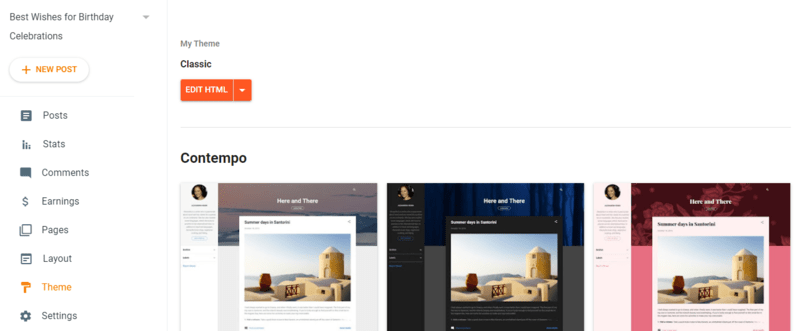
Until you have a specific design in mind for your Blog, I think you should use one of these themes. Let’s use the “Simple Pale” Blogger theme. To activate the Theme on your Blog, click the “Activate” button below the Theme. That’s all! With a single click, you’ve transformed the entire look of your Blog!
If you don’t like any of the already installed themes, you can easily choose from hundreds of other free blogger themes. To install a new blogger theme, click on the “Theme” tab on the left menu, select your new Theme, and click “Apply”.
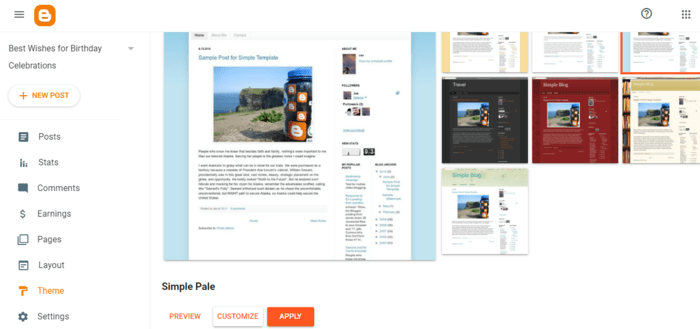
After applying the Theme, you can change the entire layout of the Theme, and you can add new and delete old things in the Theme.
Third Step: Write and publish
It’s time to start posting now that your Blog is up and running! Let’s go ahead and get started creating your first piece of content.
Go to and approach the left menu and click on “New Posts”.
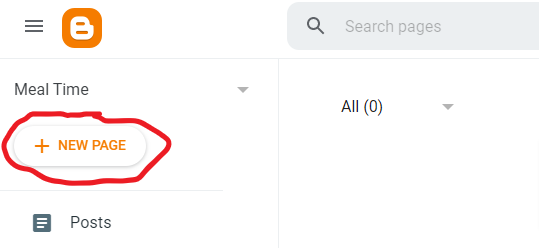
You’ve arrived at the post editor screen. You can enter your post’s title in the top box, then begin writing in the lower area of the editor.
Click the “Add Picture” button to insert an image into your post. Click on Icon and then “Upload From Computer” to select a picture to choose a photo from your PC. You can resize your image on the following screen. When finished, click “Select into post” to insert the image.

Once you’ve finished your article, simply click on the “Publish” button at the top of the right corner of the page to publish it.
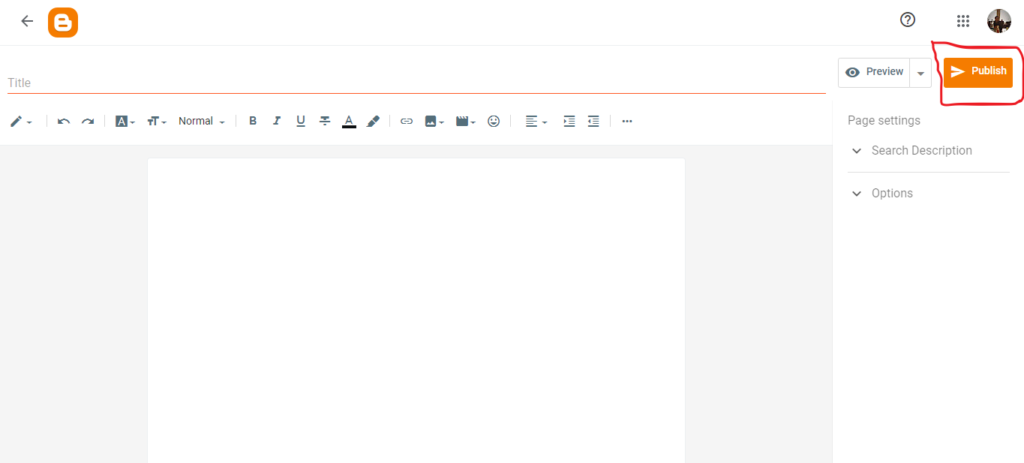
Content You Should Include on Your Blog
Your Blog should include two types of material: static and dynamic.
Static Content:
Your Blog should have a few pages specifically designed to offer visitors the required tools. The material on these pages is static, which means it stays mostly the same, if at all. These are primarily top-level pages that may be accessed via your Blog’s menu.
Include the following important static pages:
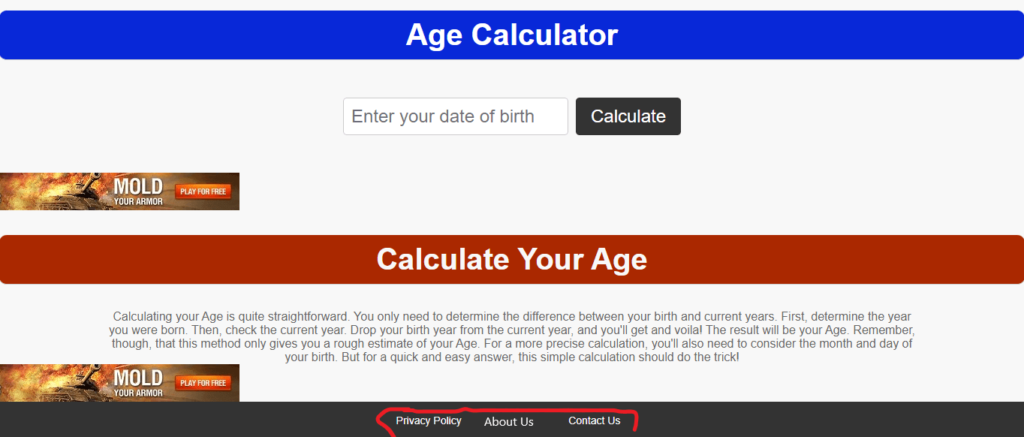
- About Us: A biographical sketch of the author(s) and a mission description should be counted on this page. Suppose the responses to the following questions: How did your interest in the subject grow? What information do you wish to convey to the world? What is your long-term goal?
- Contact Us: A contact page help to the reader to contact the author, which gives the visitor confidence that you are a real and approachable author. You can provide your physical address, phone number, and personal email address. You may also use a contact form to keep your personal identifying information confidential. You must also provide links to all of your social media platforms.
- Privacy Policy: If you gather data from your visitors in any manner, you must have a privacy policy page that explains how you gather data, how you use it, and whether or not you share that data. A Privacy Policy is necessary if you utilise Google Adsense or a Google Analytics account on your Blog. The CCPA (California Consumer Privacy Act) and the GDPR (General Data Protection Regulation) need this page, which comes standard with your Blogger.
- Terms of Service: If your Blog also operates a store or sells services, a Terms of Service page is an excellent idea to reduce your possible liabilities.
These needed static sites are often linked to the site’s footer. At the very least, they should be visible and reachable from the main page. Again, see the bottom of this page for an example of how this works in practice.
Dynamic Content:
Your Blog’s dynamic content is the most important thing you must give. This is where you, as the writer, will inject your brand of informative material into the Blog, providing your readers with educated recommendations, facts, opinions, and stories. This is how you keep visitors intrigued and returning for more.
Your blog stuff should be updated at regular intervals. Waiting months to develop content will never result in a growing audience. Weekly content posting and generating traffic to these posts can help you establish your brand.
How to Write a Fabulous Article
Every piece of content should be detailed, instructive, and entertaining. It can be challenging to come up with new blog post ideas regularly, and you may vary the tone and even the topic matter to keep things vibrant and intriguing. After all, it’s your place. There are, nevertheless, a few elements that every piece of content should attempt to include.
Define the Content:
Create a captivating post title that piques readers’ curiosity and encourages them to click. Utilise the opening paragraph of your post to identify your article’s topic and present a possible hook to keep the reader reading.
The more information and detail you offer – But divide It Up:
The more information and facts you provide, the better. On the other hand, visitors will begin to scan if the material comprises lengthy paragraphs a mile long and will exit faster than they came in. Tidbits are popular with visitors. Use short paragraphs with spaces between them, lists and notable quotations, and photos, and always include headers and sub-headings to help visitors locate what they’re searching for.
Engage The Decent Reader:
A popular strategy for engaging visitors at the end of each post is to pose a pertinent question to your audience and urge them to answer in the comments. This straightforward method has the potential to increase engagement tenfold.
Based On Originality:
Your content should always be original (unique). Never plagiarise; you will be caught out and may face the consequences. Your content should come from your heart, mind, expertise, and experience. Subject ideas can come from individuals in your business, but the content must be your own.
Edit Your Work:
The content on your Blog should be well-edited. A torrent of typos and grammatical errors shouts unprofessionalism. If you need some grammar refresher classes, consider using a writing programme.
Fourth Step: Spreading Your Words Via Blog
Establishing a well-designed blog and delivering high-quality material is only the beginning. You will need to invest.
The techniques mentioned below can help you get your Blog in front of more readers. You don’t have to use every method; try a few and see which ones work best for you.
Your Inner Circle Should be Noticed
Your closest circle should be the first to inform your Blog. This includes family, friends, and coworkers in your industry. Encourage them to follow you, asking that they promote your new website or Blog and, most importantly, express your gratitude.
Using Social Media Platforms

Your closest circle should be the first to inform your Blog. This includes family, friends, and coworkers in your industry. Encourage them to follow you, asking that they promote your new website or Blog and, most importantly, express your gratitude.
Remember to utilise hashtags and interact with your readers! One of my favourite ways to attract readers is to post links to my Blog on social media sites like Facebook and Twitter. This is wonderful because your friends will not only see the link, but if they share it with their friends, your visitor count will skyrocket. If your website contains high-quality content, you may utilise social media to help it become viral.
Comment on Other Site’s Similar Blogs
Discover and communicate with other bloggers in your area. Introduce yourself in the comments section and provide exciting and valuable comments. Many websites will allow you to provide a link to your Blog. You will soon find yourself among their ranks after making links with prominent bloggers in your area.
Merge you with Other Bloggers
Collaborate with recognised individuals in your profession to get more involved in your blogging community. Guest writing, supporting one other’s blogs and goods, and routinely connecting through comments and social media are all examples of collaboration.
Post With Consistent
Post new stuff frequently. Make and stick to an editorial calendar. To begin, a good blogger should post at least once every week. If you have extended gaps between postings, your following will drop off, and your growth will be significantly impacted. Posting regularly is more complex. However, it is something you must do.
Make Your Blog Search Engine Friendly
You want your Blog to appear as soon as possible in Google search results.
Google: Access the Search Console by creating a Google Webmaster account. Click “Add Property” and follow the on-screen directions to add your Blog.
Bing: Create a Bing Webmaster account and add your Blog to it. The first stage in the search engine optimisation (SEO) procedure is to submit your Blog.
Keep in mind that traffic to your new Blog will be modest initially. However, if you consistently give exciting and relevant content, this will change with time.
To optimise this process, each page of your Blog should have the following essential elements:
- Header Tags: Header tags should be used to surround section heads and subheadings. Change the left item of the block you’re writing to “Heading” to do this. You may then select from H1, H2, H3, etc.
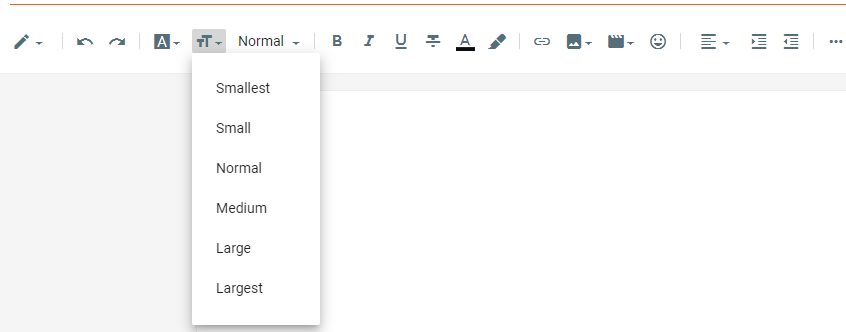
- Categorisation: Your information should be carefully classified into separate and pertinent domains. In the post-editing screen, click “Document” on the right menu, then “Categories” and “Add New Category.”
- Permalinks: The “slug” of each blog post is the last component of the URL. You should ensure each Blog has a unique slug and does not conclude with an article number. Navigate to “Settings” -> “Permalinks” inside your Blogger dashboard. to quickly update this. Click “Save Changes” after selecting the “Post Name” option.
There are many more aspects to consider, such as using a Blogger plugin like Yoast, but these are the major ones that will enhance your search ranks sooner rather than later.
Note: This Plugin is only for WordPress
Fifth Step: Earn Money Through Your Blog
After you’ve put in the work of developing unique blog material and marketing your site, the easiest step is making money from your Blog.
Blogs have the potential to be highly successful but don’t expect to make money in the first week or even the first month. A continuous source of funds may take six months to a year. Blogging takes time and work, but if you have a large enough audience, there are several methods to monetise your Blog.
Spots Of Advertisement Offer For Sale
Advertisers will pursue you to advertise your Blog if it gets popular. The best way to capitalise on this situation is to use Google Adsense. To begin running advertisements, upload the Google Adsense code to your website. Google Adsense performs all of the work and hands you a cheque.
Promote Goods & Products by Affiliate
A commission-based affiliate programme is a type of advertising. When a reader clicks on one of your Blog’s links, they are directed to an advertiser’s website, and if they make a purchase, you get a commission. Affiliate links can let you earn money by reviewing items. Remember, though, that you must indicate that you are an associate of the product.
Offer To Sell Digital Downloads
The most popular digital resources bloggers offer are ebooks, video lessons, and e-courses. You can keep the price cheap and enticing by having minimal overhead and no delivery fees.
An ebook can almost write itself if you are exceptionally skilled in your topic. Give it a go; you might be surprised!
Relevant Article Must Read it:
Do you need further assistance?
I hope this article has answered your questions about starting a blog. Still, if any of the steps confuse you, you can find a complete version of each step by clicking the “Need Help” button at the bottom right of this page (or in the middle if you’re on a smartphone).

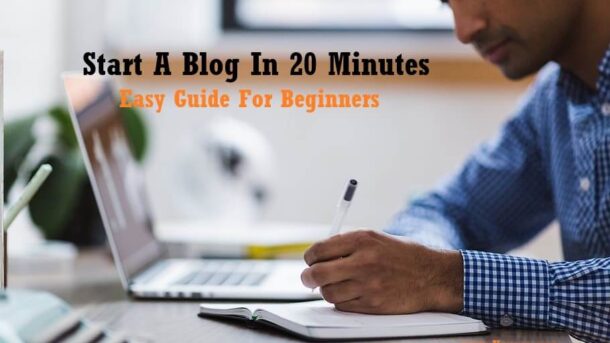
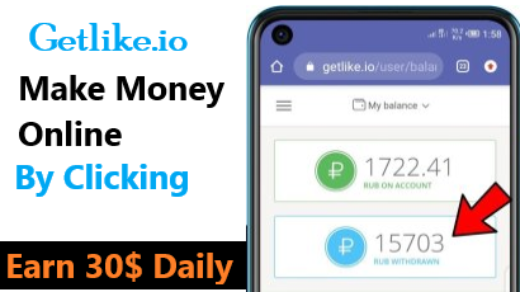
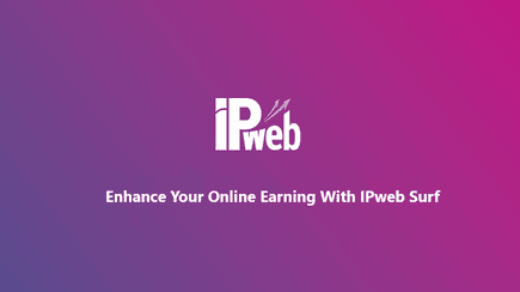
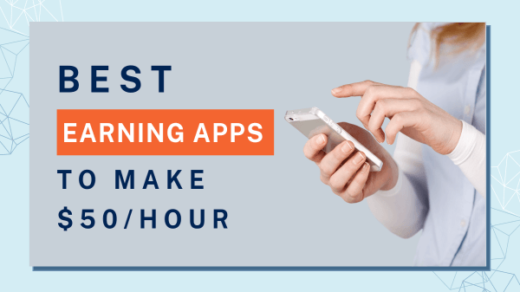
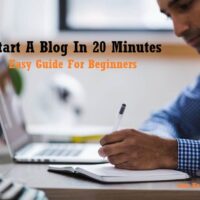


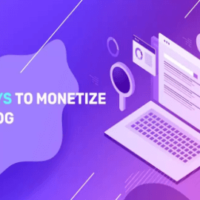


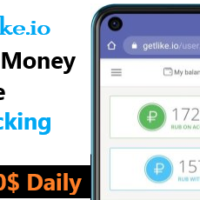
3 Responses
[…] Port Authority has been improving the Fishery Building in the harbor for some time now, and in late June , it released a request for proposals, seeking plans to use the […]
[…] week, the SB 310 language distributing federal CARES Act coronavirus relief revenues to local governments was amended into HB 481 on the Senate floor and passed. The bill was then sent to the House, where it was concurred upon unanimously and is now […]
[…] county’s COVID-19 Small Business Emergency Relief Grant Program initially provided $1,546,000 in grants of up to $5,000 to 311 for-profit businesses in Summit County that have been impacted by the COVID-19 crisis and related […]